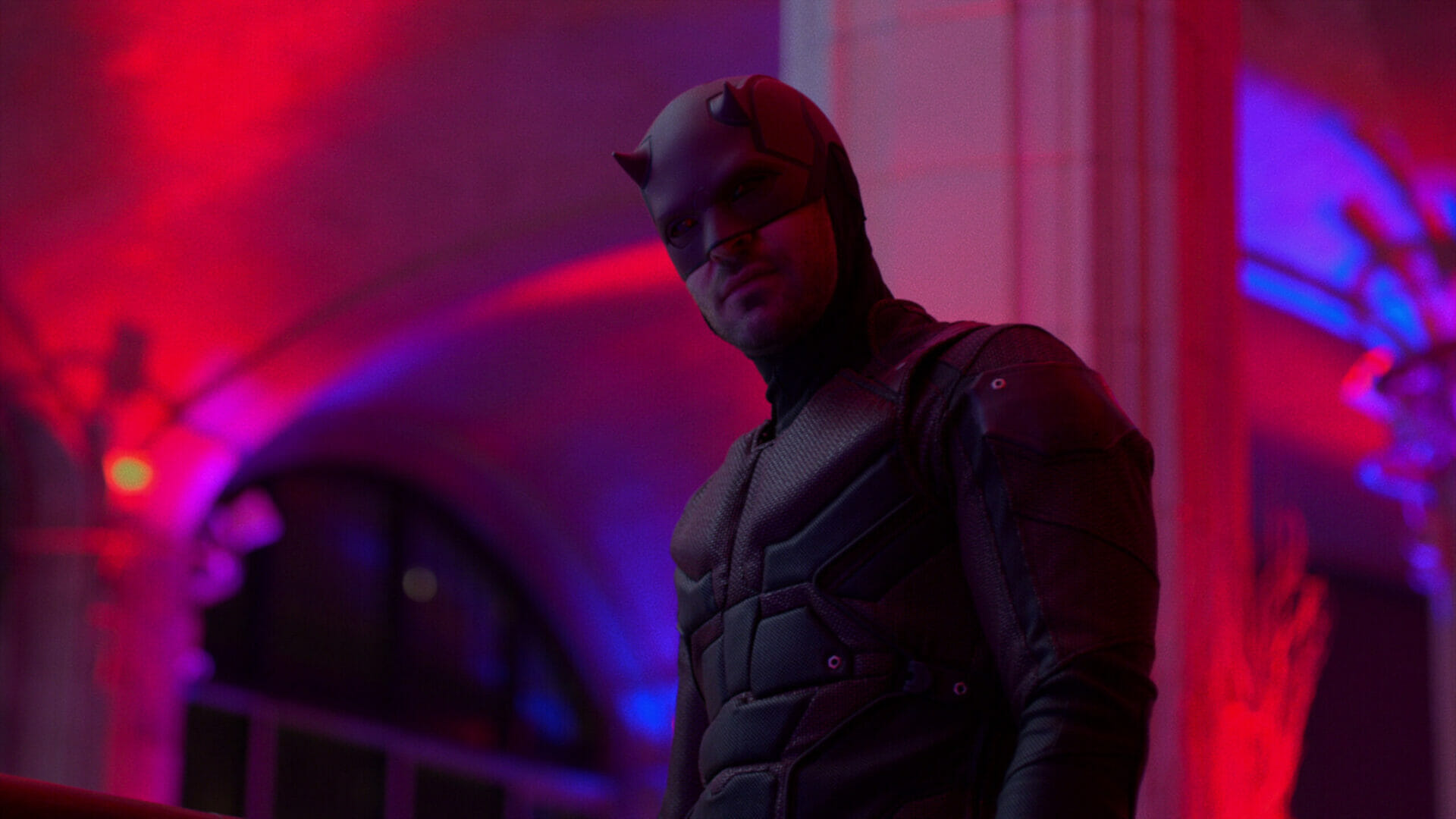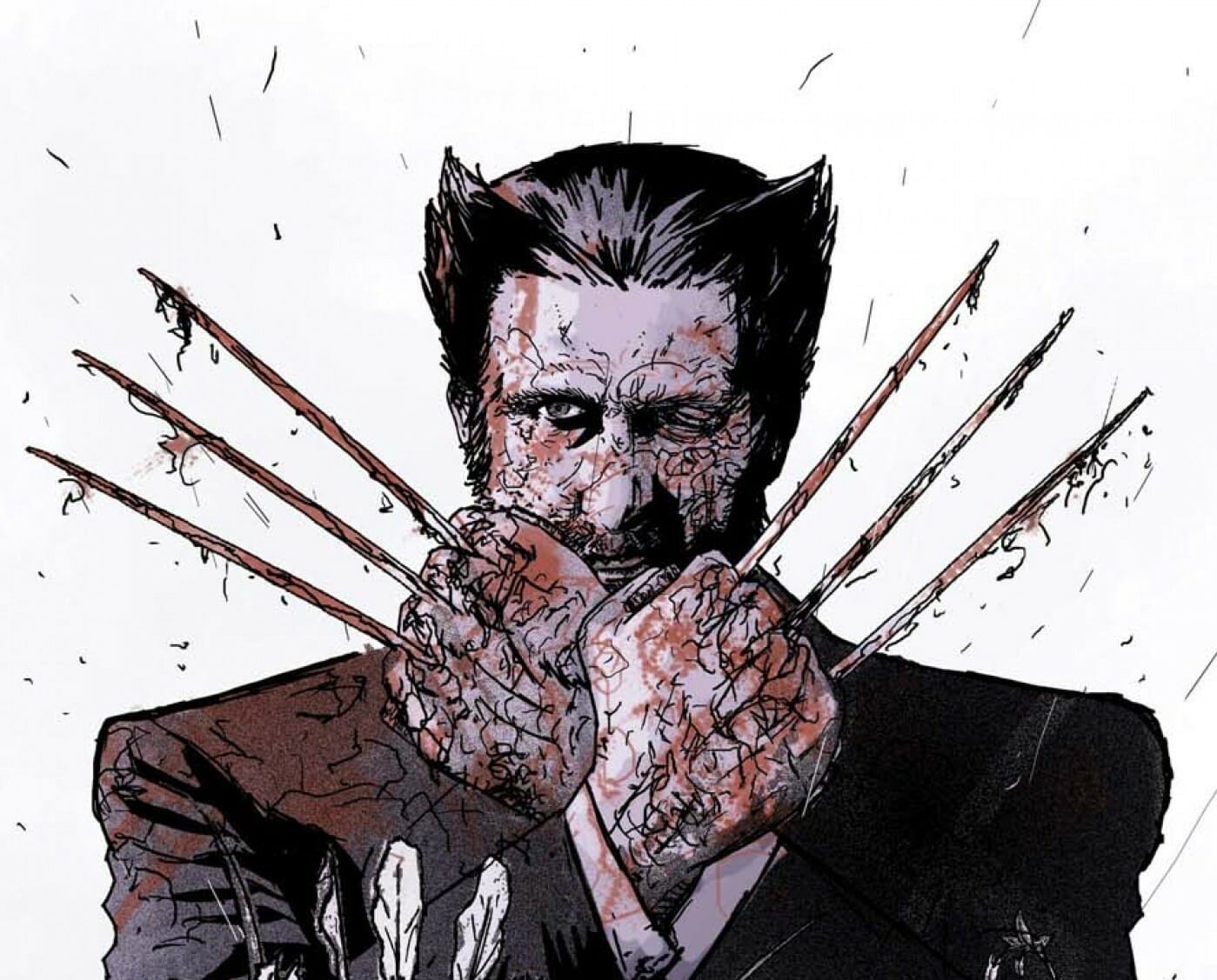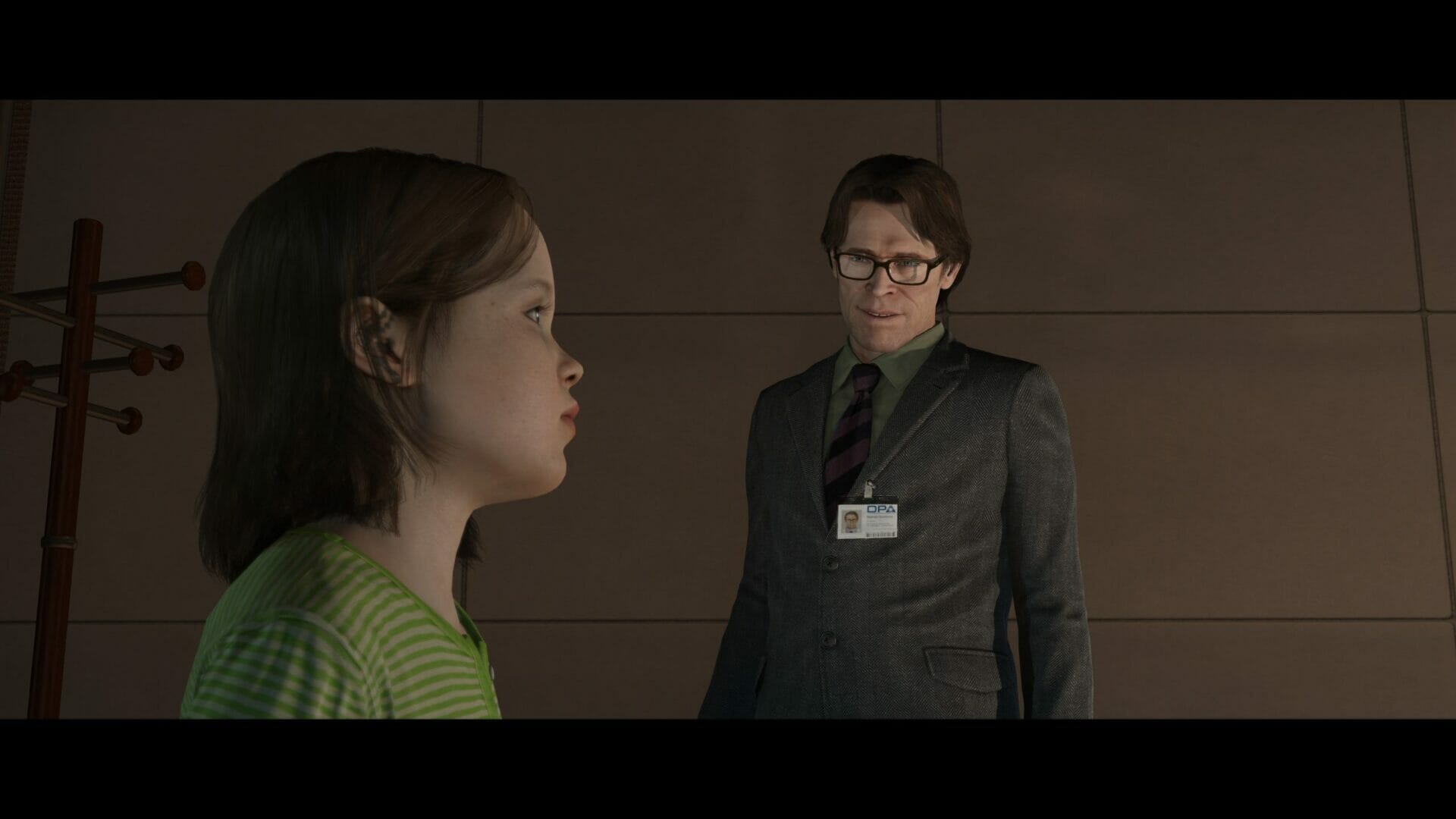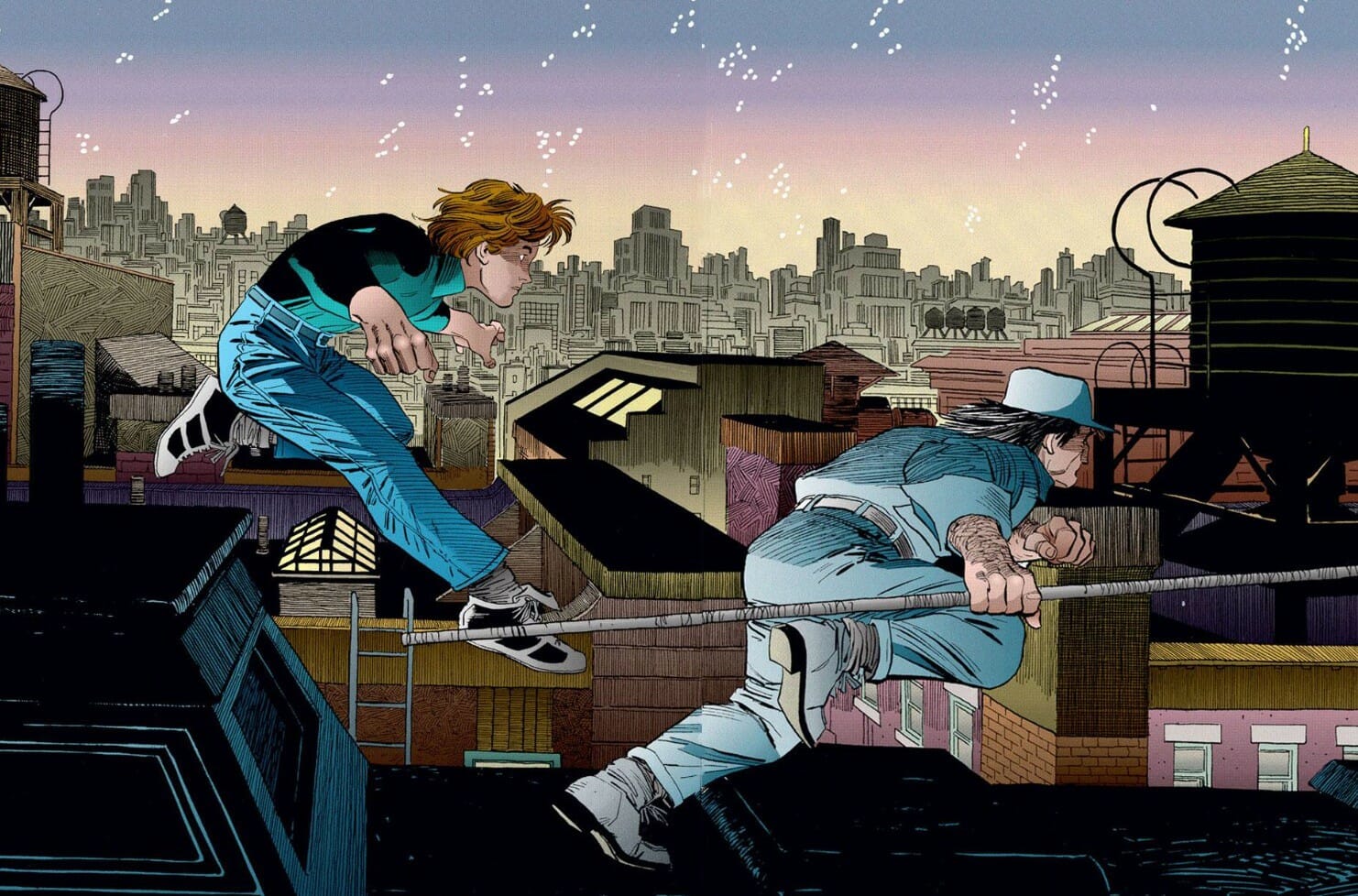
Daredevil: The Man Without Fear | Finding the True Purpose
Year
Format
By
Daredevil, the blind superhero with super-sharp senses, is becoming more and more popular, and is living a new golden age, starting from the TV show produced in 2015 by Netflix to the brief appearance in Spiderman: No Way Home, as well as She-Hulk and the successful comics runs by Chip Zdarsky.
The Marvel Cinematic Universe shows a more light-hearted approach to the character, perhaps recalling the time when he first appeared in 1964: always with a joke up his sleeve, he somehow reminded readers of Spider-Man. The darker traits which inspired the Netflix TV show are instead the result of further developments of the Devil of Hell’s Kitchen. A crucial author in this transformation was indeed Frank Miller. At the beginning of the ’80s Miller started to write and illustrate the main series, leaving a mark on the character and on superheroes altogether. The dynamism of the panels, the more lyrical and profound use of captions and the introduction of more mature themes established a new take on Daredevil and allowed Miller to build a name for himself.
The author explored this character from multiple perspectives and later on, in 1993, together with the panels of John Romita Jr., Miller rewrote the origins of Matt Murdock in Daredevil: The Man Without Fear. Like a summary of the character which launched him into stardom, Miller focuses here on its essence: finding a balance in his fight for justice, as he acts both as a lawyer and as a superhero to do what’s right.
Murdock, the Man
It is no coincidence that Matt Murdock never wears his costume until the end. Miller is much more interested in exploring who’s the man behind the mask, who Daredevil is before he actually becomes a superhero.
How will the man become a hero? Miller asks this to himself while he probes Matt’s inconsistencies and impulses: his desire to defeat crime by breaking the law at night while he studies to become a lawyer during the day; his rapprochement with Catholicism; his relationship with a declining, alcoholic boxer father who teaches his son to be better than him. Daredevil: The Man Without Fear is a comic made of concise and direct words, in which the captions no longer serve to describe the scene, but to investigate the most intimate thoughts of the characters.
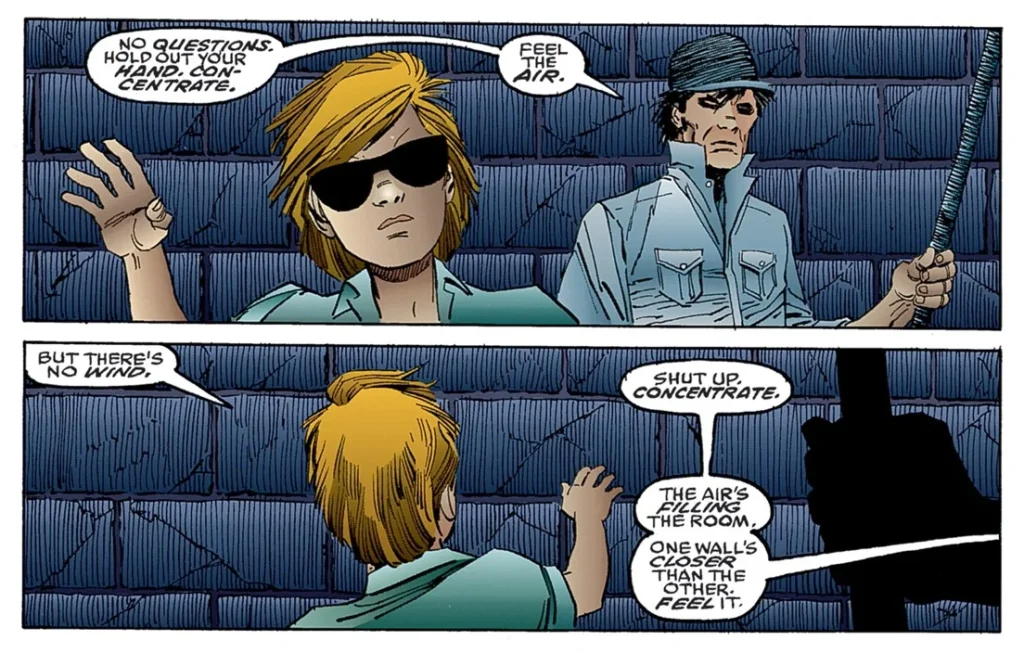
The author exposes Matt’s inner struggle at his peak during his encounter with Elektra, one of the iconic characters created by Miller himself. The Greek girl is a tormented spirit, who lives a passionate but unsettling love affair with Matt. He is overwhelmed by the girl’s impetuousness and mood swings, and is influenced by them. When it comes to defining the boundaries for justice and morality, for what is right or wrong, the two characters are closer than it may seem at first. Elektra manifests her feelings clearly and vigorously, while Matt tends to be reflective and less impulsive. Both of them, though, are defining their values and understanding what person they want to become and what impact they want to have on society.
Actually all the characters want to make a difference, from Matt and Foggy, to Elektra and Kingpin, even if each one has very different goals in mind, and even if some of them are struggling more than others to put the pieces of their lives together.
The Art of John Romita Jr.
John Romita Jr.’s work fully expresses the internal and external dynamics that characterize Daredevil. Romita is famous for giving energy and movement to his panels, but in this case he combines a noir atmosphere with his style. The dark colors are dominant, with ever greater shades of red, as if to express the escalation of violence and darkness gradually becoming more and more present among the pages, and in the soul of Daredevil. The darkness of the streets and alleys of Hell’s Kitchen (Matt’s beloved neighborhood) seems tangible, as if it anchors the characters to the ground.
During action scenes, on the opposite, running across rooftops can’t seem lighter than that: the characters are agile and weightless, and the clear sky above the tall buildings makes the scene airier. The city itself is an actual character in the story, capable of reflecting the mood of every scene and resembling the people who inhabit it, be they good or bad. A kind of echo one could find also in Spider-Man.
Characters are often hyper-detailed to make them more expressive and instill more fear when it comes to villains – a majestic Kingpin makes an appearance as the new mafia boss in the pages of Daredevil: The Man Without Fear. But as far as a character like Elektra is concerned, the features are more subtle, the figure is more graceful. The girl exudes sinuosity and voluptuousness, and at the same time, unlike the other characters, her figure is so light and elusive, as if she she could fly away at any moment. And indeed she is like this for Matt, who finds her mostly unpredictable.
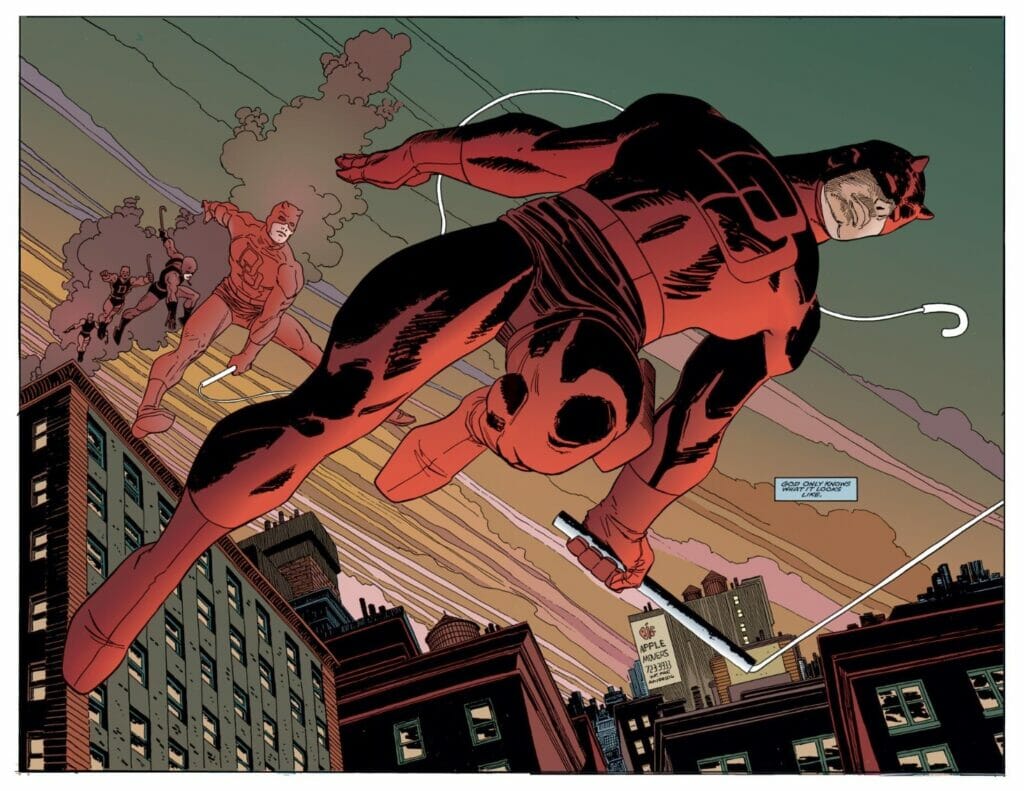
The Right Comic Book
Daredevil: The Man Without Fear is indeed a comic book for those who want to approach the character for the first time. It started as a film project, but it was then transformed into a miniseries, grounded on the elements which characterized the lawyer and night watchman up to that moment. Starting out as a reinterpretation of Daredevil’s origin story, it later became the origin story of the Devil of Hell’s Kitchen.
Tag
Buy a ☕ for Hypercritic







